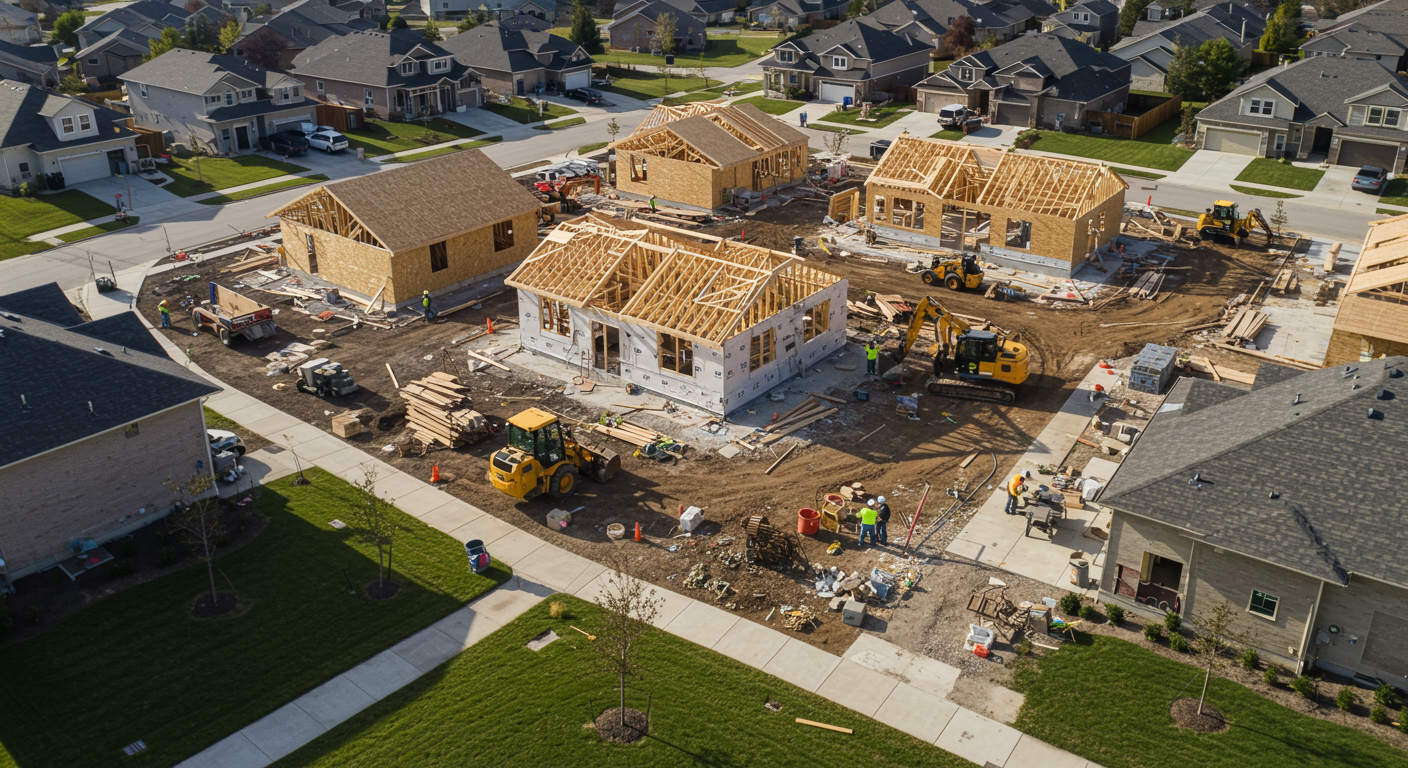Retail stores and parking lots can pose injury risks for customers and liability risks for owners. Monitored security cameras can mitigate these incidents.

Security cameras have significant benefits for a variety of businesses, giving owners and managers the ability to monitor various activities that happen on the premises. In retail, video surveillance allows owners to mitigate theft of goods, monitor employee workflows, and keep track of customer shopping habitsŌĆöbut thatŌĆÖs not all.
Retail security cameras can also help proactively identify situations that make customers vulnerable to injuries, increasing safety and avoiding lawsuits.
LetŌĆÖs look at the injuries customers commonly experience on retail premises, their possible fallout, and how surveillance can help avoid these incidents.
Types of retail customer injuries┬Ā
There are several common injuries customers experience at retail establishments, including:
Tripping injuries: Retail outlets often have employees restocking shelves during regular shopping hours. Inventory or empty boxes lying in the aisles can present a tripping hazard.
Slips and falls: Spills are common in grocery stores, and customers can easily slip and fall before the liquid is cleaned up ŌĆö or afterward ŌĆö if the spill is not completely dry or clearly marked. Falls can lead to severe injuries such as concussions and broken bones. Water can also accumulate in areas outside the store that lack sufficient coverage or drainage, resulting in falls, injuries, and liability claims.
Falling objects: Improperly secured items that fall off shelves may cause serious head or shoulder injuries.┬Ā┬Ā
Shopping cart-related injuries: Improperly maintained and damaged shopping carts can result in injuries; typically lacerations and bruises, but occasionally broken bones. Particular attention should be paid to dysfunctional safety seats that can pose a hazard to children.┬Ā
Equipment-related injuries: Stores frequently use heavy machinery to move boxes and place them on high shelves, sometimes while customers are present. Machinery that is not operated correctly or improperly trained staff pose risks to staff or customers.┬Ā
Overcrowding injuries: Stores can get overcrowded, especially during high-sales seasons, creating the possibility of trampling injuries.┬Ā
Parking lot injuries can result from a failure to remove snow or ice, improperly designed lots, or cracked pavement.┬Ā
The law: negligence liability and commercial accident claims
Different states have different negligence laws, but they all allow a person who has sustained injuries on commercial properties to file personal injury claims.┬Ā
Overall, premises liability laws mandate that store owners exercise reasonable care to ensure there are no hazardous conditions or hidden dangers on the property that may result in causing injury to customers. To fulfill this standard of reasonable care, management must take action to resolve apparent risks or place warning signs that make customers aware of potentially hazardous situations.┬Ā
Successful personal injury claims generally rely on shoppers establishing the following:
- The ŌĆ£store owner knew (or should have known) about a dangerous condition on their propertyŌĆØ
- The ŌĆ£store owner did not regularly inspect the store for dangers, or provided inadequate maintenanceŌĆØ
- That ŌĆ£the shopper would not have been injured if there was not a dangerous condition on the propertyŌĆØ
- There ŌĆ£was a relation between the dangerous condition and the shopperŌĆÖs injury, and 5) that the shopper suffered actual ŌĆśdamagesŌĆÖ as a result of it.ŌĆØ
How retail security cameras can help avoid injuries and resulting liability
Many accident claims filed by customers can be avoided by using retail security cameras to gather information. Video surveillance enables store managers and owners to identify hazardous conditions that may result in customer harm, followed by correcting a risky situation ŌĆö on an ad-hoc basis or long-term.┬Ā
For example, monitored surveillance that detects a spill enables quick clean-up, whereas observing improper employee behavior or malfunctioning equipment allows managers to implement new employee safety procedures or property maintenance. And using surveillance to take these proactive steps can help illustrate the standard of reasonable care necessary to demonstrate that a retail establishment looks out for customer safety.
In addition, video surveillance may spot fraudulent personal injury claims, providing visual evidence that protects the store from baseless accusations.┬Ā
Nevertheless, the critical benefit of cameras lies in identifying hazards and being proactive about safety. The more risk factors for customer injuries you can identify and address, the more youŌĆÖll be able to avoid possible harm and claims.┬Ā
Mobile Video GuardŌĆÖs remote video security solution includes monitored site surveillance that can help drastically reduce hazardous incidents and customer injuries. With unique features, no hidden costs, and quick site setup, Mobile Video Guard is a market leader in 24/7 monitored surveillance. Get a free quote for your property today.┬Ā




